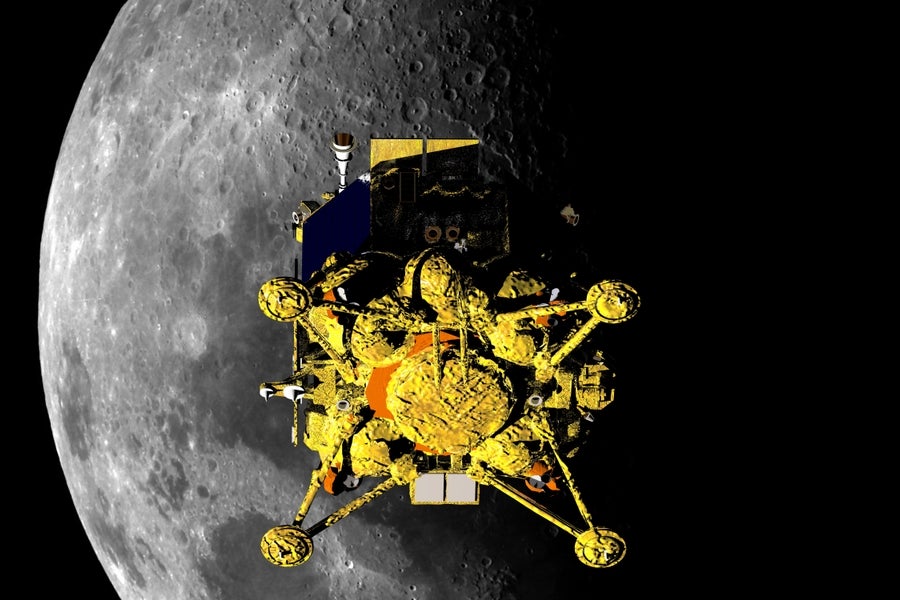China is set to launch an ambitious mission to the far side of the moon, marking a significant step in its lunar exploration program and potentially setting the stage for a crewed landing and the establishment of a lunar base.
What Happened: China is preparing to launch a robotic spacecraft to the moon’s far side, a mission that will be the first of three challenging endeavors. These missions are expected to set the stage for a Chinese crewed landing and the construction of a base at the moon’s south pole, Reuters reported.
The upcoming mission, named Chang’e-6, is expected to launch this week. It will use the backup spacecraft from the 2020 mission to collect soil and rocks from the moon’s far side. This mission will rely on a recently deployed relay satellite orbiting the moon for communication during its 53-day mission.
China’s future missions, Chang’e-7 and Chang’e-8 in 2026 and 2028, respectively, will also rely on this relay satellite. These missions will focus on exploring the moon’s south pole for water and establishing a rudimentary outpost with Russia. China aims to land its astronauts on the moon by 2030.
Chang’e-6 is set to transport payloads from France, Italy, Sweden, and Pakistan, while Chang’e-7 will carry payloads from Russia, Switzerland, and Thailand. Due to U.S. legal restrictions, NASA is prohibited from engaging in any form of collaboration, whether direct or indirect, with China.
“International cooperation is key (to lunar exploration),” Clive Neal, professor of planetary geology at the University of Notre Dame, told Reuters. “It’s just that China and the U.S. aren’t cooperating right now. I hope that will happen.”
Why It Matters: China’s upcoming mission to the moon’s far side is a significant milestone in its lunar exploration program. This mission follows the successful launch of the Queqiao-2 satellite, which will facilitate communication for China’s upcoming lunar missions. The success of these missions could potentially challenge the U.S.’s dominance in space exploration.
China’s rapid advancements in space technology have been a cause for concern for the U.S., as highlighted by the head of the U.S. Space Command, General Stephen Whiting, in a March Senate hearing. China’s progress in space technology, including human spaceflight and robotic space exploration, could pose a significant threat to U.S. satellites and military forces.
China’s space industry is also making strides in the development of reusable rockets, with local startups aiming to challenge the dominance of SpaceX. Companies like Orienspace are working on reusable rockets to reduce the costs associated with satellite launches.
Image Via Shutterstock
Engineered by
Benzinga Neuro, Edited by
The GPT-4-based Benzinga Neuro content generation system exploits the
extensive Benzinga Ecosystem, including native data, APIs, and more to
create comprehensive and timely stories for you.
Learn more.
Market News and Data brought to you by Benzinga APIs
© 2024 Benzinga.com. Benzinga does not provide investment advice. All rights reserved.





